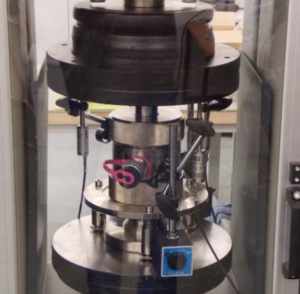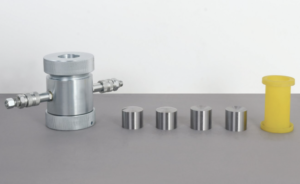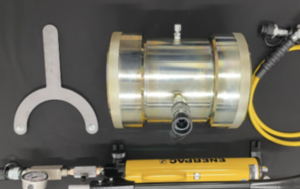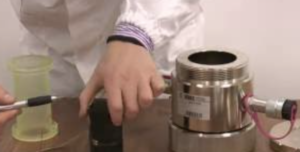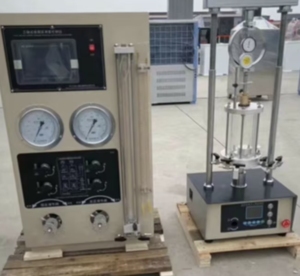How Do Soil Chemical Analysis Tests Prevent Corrosion in Petrochemical Plant Construction?
Corrosion is one of the most critical threats1 to the integrity and safety of petrochemical infrastructure. Underground pipes, steel foundations, and structural supports are especially vulnerable in chemically aggressive soils. To build durable petrochemical plants, engineers must understand and control the chemical environment of the soil2. This is where soil chemical analysis tests3 come into play—offering a powerful means to predict corrosion risks, guide material selection, and design protection systems that extend service life and reduce costly failures.
Soil pH and Chloride Content Testing to Predict Corrosion of Underground Pipes in Petrochemical Sites
Two of the most basic yet telling indicators of corrosion risk are soil pH4 and chloride ion concentration5. These parameters affect how aggressively soil will interact with steel, ductile iron, and concrete-coated pipelines6.
Why It Matters:
- Low pH (<5.5) increases acidity, accelerating metal dissolution.
- High chloride content promotes localized corrosion and pitting, especially in moist conditions.
| Soil Parameter | Corrosion Risk Level | Recommended Action |
|---|---|---|
| pH 1000 ppm | Severe | Apply cathodic protection and seal joints |
| pH 6.5–8.5 | Low | Compatible with standard steel materials |
Regular soil sampling and lab testing before and during construction allow teams to make early material and design adjustments.
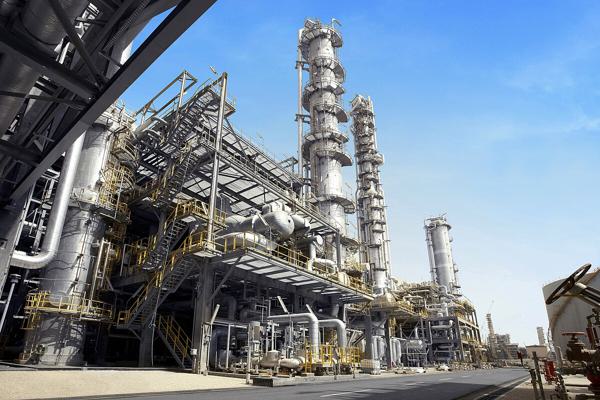
Sulfate-Reducing Bacteria Detection Tests to Avoid Microbiologically-Influenced Corrosion of Steel Foundations
Microbiologically-influenced corrosion (MIC) is an invisible but destructive process in soils surrounding petrochemical infrastructure. Sulfate-reducing bacteria (SRB) are a primary cause, especially in anaerobic, wet, or poorly drained soils.
Detection Methods:
- Most Probable Number (MPN) tests for SRB presence.
- ATP testing for overall microbial activity.
- qPCR assays for identifying specific bacterial strains.
| SRB Concentration (CFU/g) | Corrosion Risk | Countermeasures |
|---|---|---|
| 10⁵ | High | Apply biocides and sealed epoxy systems |
Early identification of SRB hotspots enables the design of drainage improvements, coatings, and monitoring systems that mitigate microbial corrosion risks.
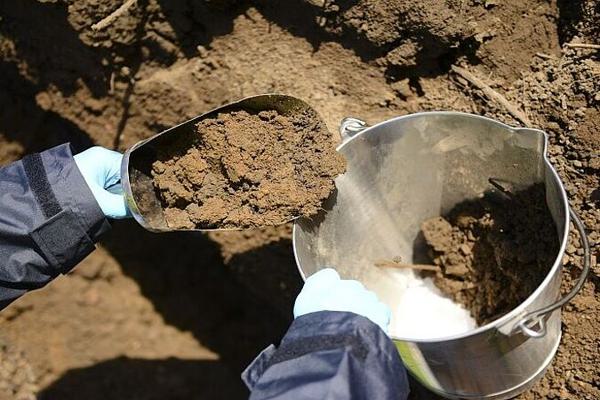
Electrochemical Soil Resistivity Tests for Designing Cathodic Protection Systems in Chemical Plants
Soil resistivity is a critical parameter for designing cathodic protection (CP)7—a technique that protects metal assets by making them the cathode of an electrochemical cell.
Testing Techniques:
- Wenner 4-point method: Measures average soil resistivity over depth.
- Driven rod method: Suitable for layered or shallow soils.
| Soil Resistivity (Ω·cm) | Corrosion Risk | Cathodic Protection Need |
|---|---|---|
| 10,000 | Low | Basic coating may be sufficient |
With this data, engineers can accurately size anodes, determine current requirements, and ensure long-term pipeline and tank integrity.
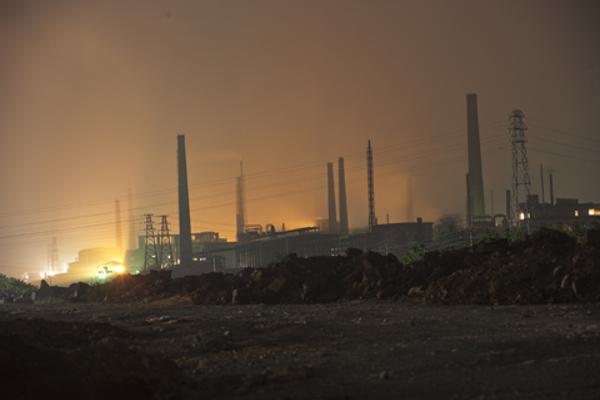
Heavy Metal Concentration Analysis Tests to Ensure Soil Compatibility with Corrosion-Resistant Construction Materials
Certain heavy metals in the soil—such as copper, zinc, and lead8—can affect the galvanic behavior9 of construction materials and accelerate corrosion through electrochemical interactions10.
Common Tests:
- ICP-MS (Inductively Coupled Plasma Mass Spectrometry) for metal quantification.
- XRF (X-ray fluorescence) for rapid field screening.
| Heavy Metal | Threshold (mg/kg) | Material Design Concern |
|---|---|---|
| Copper | > 100 | Promotes galvanic corrosion with aluminum |
| Zinc | > 200 | Inhibits protective oxide layers on steel |
| Lead | > 300 | Can alter soil chemistry and microbial makeup |
This testing ensures that alloy selection, coating systems, and jointing materials are compatible with the site’s chemical conditions.
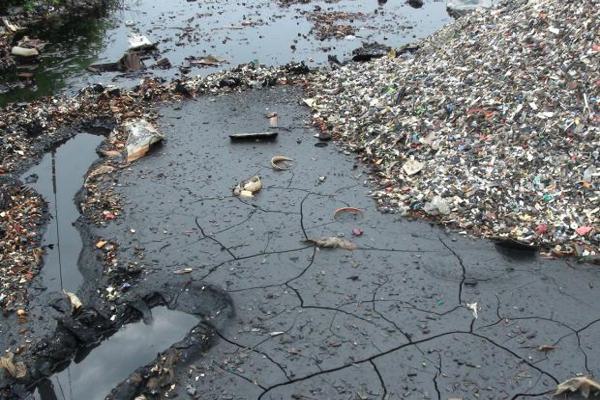
Conclusion
Soil chemical analysis tests are the first line of defense against corrosion in petrochemical plant construction. From assessing pH and chloride risks to detecting bacterial threats and designing cathodic protection systems, these tests guide critical design choices that enhance durability and reduce lifecycle costs. In an industry where failures can lead to **
-
Understanding these threats is essential for ensuring the safety and integrity of petrochemical facilities. ↩
-
This knowledge is vital for engineers to mitigate corrosion risks effectively and enhance infrastructure durability. ↩
-
Exploring this topic reveals how these tests can predict corrosion risks and improve material selection. ↩
-
Understanding soil pH is crucial for assessing corrosion risk in pipelines, making this resource invaluable for engineers and environmentalists. ↩
-
Chloride ions are key contributors to corrosion; exploring this link can provide insights into pipeline maintenance and safety. ↩
-
This resource can offer essential strategies for safeguarding pipelines, ensuring longevity and reducing maintenance costs. ↩
-
Understanding cathodic protection is essential for effective metal asset protection. Explore this link to learn more about its principles and applications. ↩
-
Understanding the impact of these heavy metals is crucial for ensuring the longevity and safety of construction materials. ↩
-
Exploring galvanic behavior helps in developing strategies to mitigate corrosion in construction materials. ↩
-
Learning about electrochemical interactions is essential for preventing corrosion and enhancing material durability. ↩

